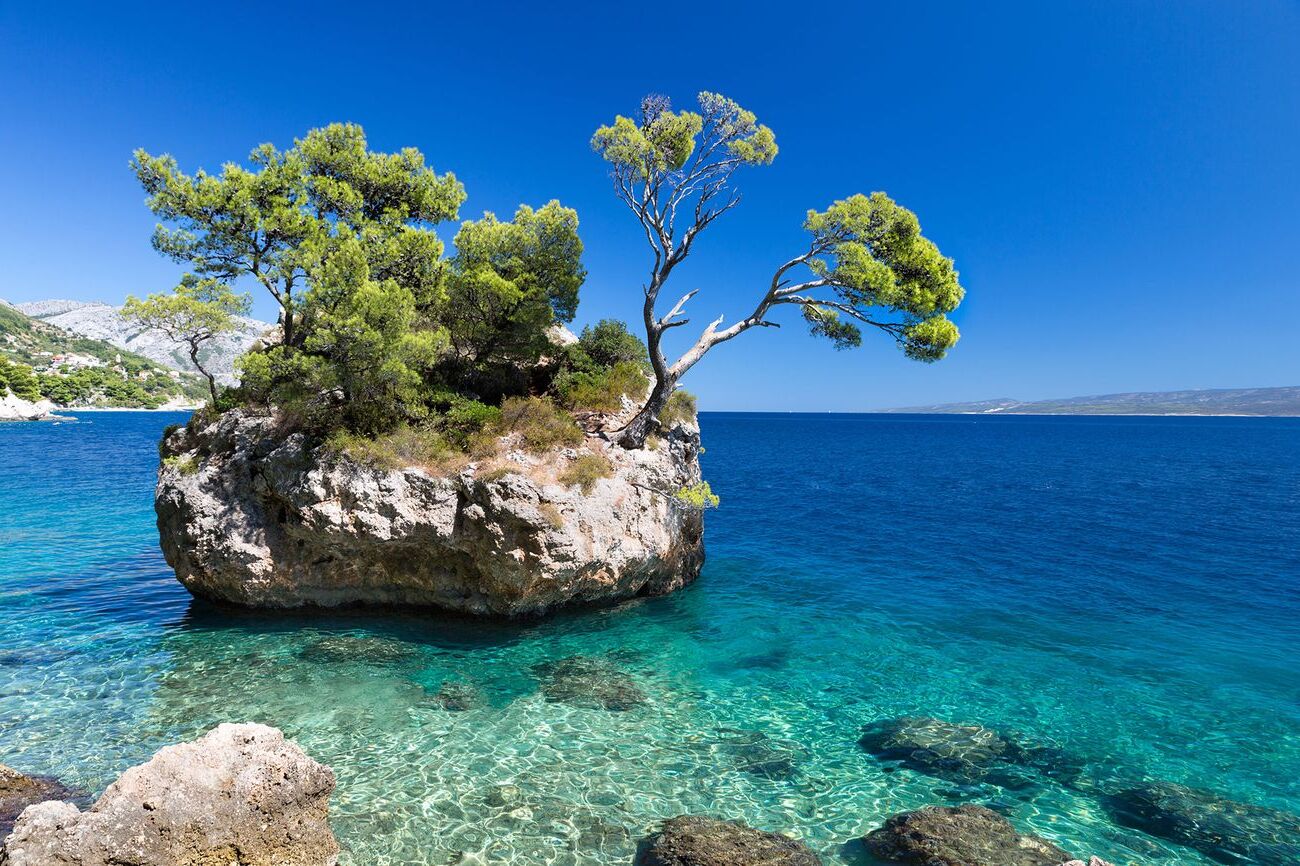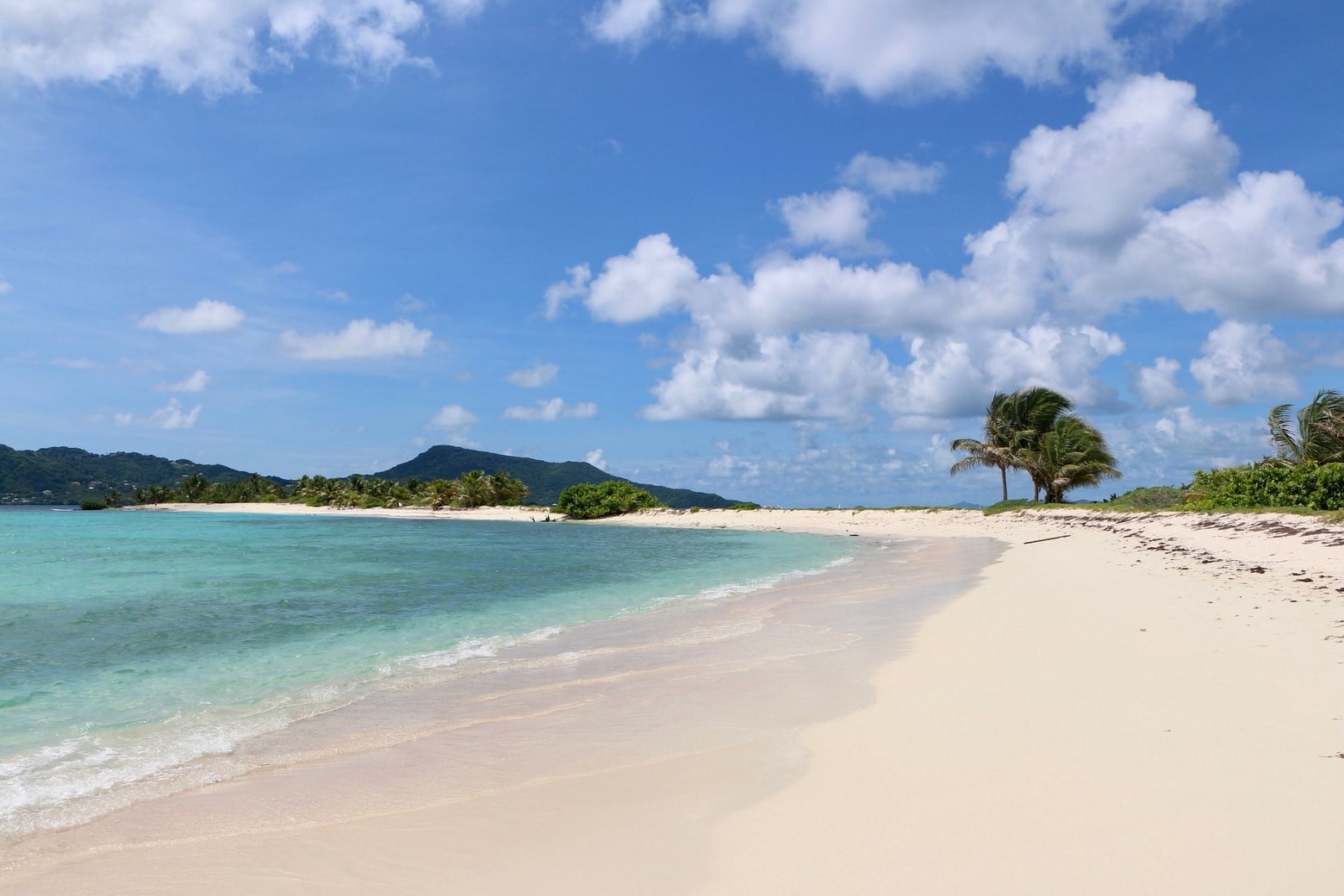
The Adriatic Sea is a stunning body of water nestled between the Italian Peninsula and the Balkans. Known for its crystal-clear waters, this sea is a favorite among tourists and marine enthusiasts. But what makes it truly special? The Adriatic Sea boasts a rich history, diverse marine life, and unique geographical features. From ancient Roman ruins submerged beneath its waves to the vibrant coral reefs teeming with life, there's much to learn about this fascinating sea. Whether you're a history buff, a nature lover, or just curious, these 24 facts will give you a deeper appreciation for the Adriatic Sea. Dive in and discover what makes this sea a true gem of the Mediterranean!
The Adriatic Sea: A Quick Overview
The Adriatic Sea is a body of water separating the Italian Peninsula from the Balkans. It is part of the Mediterranean Sea and has a rich history and diverse ecosystem. Let's dive into some fascinating facts about this unique sea.
Geography and Location
Understanding the geography of the Adriatic Sea helps appreciate its significance.
- The Adriatic Sea stretches approximately 800 kilometers (500 miles) from the northwest to the southeast.
- It is bordered by Italy to the west and Slovenia, Croatia, Bosnia and Herzegovina, Montenegro, and Albania to the east.
- The sea covers an area of about 138,600 square kilometers (53,500 square miles).
- The maximum depth of the Adriatic Sea is around 1,233 meters (4,045 feet) near the southern end.
- The northern part of the sea is shallow, with depths rarely exceeding 100 meters (330 feet).
Historical Significance
The Adriatic Sea has played a crucial role in history, influencing trade, culture, and politics.
- Ancient Greeks and Romans used the Adriatic Sea for trade and military purposes.
- Venice, a major maritime power, dominated the Adriatic Sea during the Middle Ages.
- The sea was a significant battleground during both World Wars.
- Numerous ancient shipwrecks have been discovered in the Adriatic, providing insights into historical maritime activities.
- The name "Adriatic" is derived from the ancient city of Adria, located near the Po River in Italy.
Biodiversity and Marine Life
The Adriatic Sea is home to a diverse range of marine species and ecosystems.
- Over 7,000 species of plants and animals inhabit the Adriatic Sea.
- The sea hosts several endangered species, including the loggerhead sea turtle and the Mediterranean monk seal.
- The Adriatic is known for its rich coral reefs, particularly in the southern regions.
- Dolphins and whales can often be spotted in the deeper waters of the Adriatic.
- The sea's unique mix of freshwater and saltwater creates diverse habitats for various marine organisms.
Climate and Weather
The climate around the Adriatic Sea varies, influencing the weather patterns and local lifestyles.
- The northern Adriatic experiences a humid subtropical climate, while the southern part has a Mediterranean climate.
- Summers are typically hot and dry, with temperatures often exceeding 30°C (86°F).
- Winters are mild and wet, with average temperatures ranging from 5°C to 15°C (41°F to 59°F).
- The Bora, a cold and dry wind, frequently blows from the northeast, affecting the northern Adriatic.
- The Sirocco, a warm and humid wind from the southeast, brings rain and storms to the region.
Tourism and Economy
The Adriatic Sea is a popular destination for tourists and plays a vital role in the local economy.
- Croatia's Adriatic coast is famous for its stunning beaches, attracting millions of tourists each year.
- The sea is ideal for various water sports, including sailing, diving, and fishing.
- Major ports like Venice, Trieste, and Dubrovnik facilitate trade and transportation in the region.
- The Adriatic Sea's fisheries are essential for the local economy, providing a livelihood for many coastal communities.
Final Thoughts on the Adriatic Sea
The Adriatic Sea is a treasure trove of natural beauty, historical significance, and unique marine life. From its crystal-clear waters to its rich cultural heritage, this body of water has captivated people for centuries. Whether you're interested in exploring ancient ruins, diving into underwater caves, or simply relaxing on its stunning beaches, the Adriatic offers something for everyone. Its biodiversity is remarkable, with numerous endemic species and thriving ecosystems. The sea's strategic location has also made it a crucial maritime route throughout history, influencing trade and cultural exchanges. As you reflect on these fascinating facts, it's clear that the Adriatic Sea is not just a body of water but a living, breathing entity that continues to inspire and enchant. So, next time you think of a seaside adventure, consider the Adriatic Sea—where history and nature come alive.
Was this page helpful?
Our commitment to delivering trustworthy and engaging content is at the heart of what we do. Each fact on our site is contributed by real users like you, bringing a wealth of diverse insights and information. To ensure the highest standards of accuracy and reliability, our dedicated editors meticulously review each submission. This process guarantees that the facts we share are not only fascinating but also credible. Trust in our commitment to quality and authenticity as you explore and learn with us.


